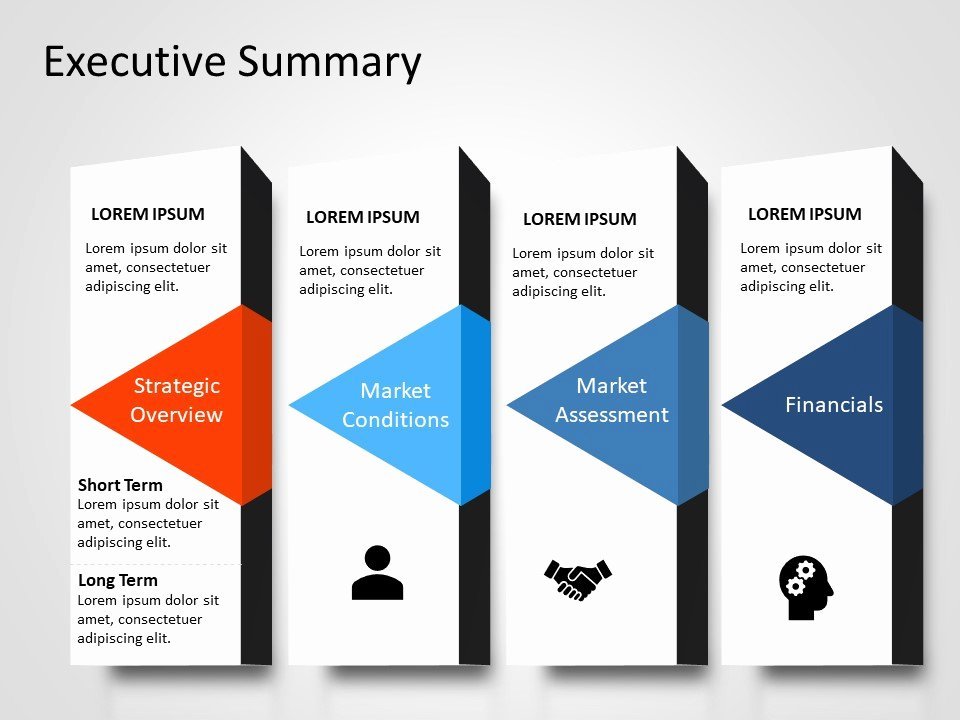A business plan is an essential document for any entrepreneur or business owner who is starting a new venture or looking to grow an existing business. It serves as a roadmap for the company, outlining its goals, strategies, and financial projections. While there is no one-size-fits-all business plan, a business plan sample can provide valuable insights into the key components of a successful plan.
In this article, we will provide a detailed business plan sample that can be used as a guide when creating your own plan.
The sample business plan will cover the following key areas:
- Executive Summary
- Company Description
- Products and Services
- Market Analysis
- Marketing and Sales Strategies
- Management and Personnel
- Financial Projections
- Funding Requirements
By following this sample business plan, you will be able to create a comprehensive and effective plan that can help you secure funding, attract customers, and achieve your business goals.
Executive Summary

The executive summary is the first section of your business plan and should provide a brief overview of your company and its goals. It should be concise, yet compelling, and should highlight the key points of your plan.
The executive summary should include the following information:
- Company name and location
- Description of products or services
- Target market
- Management team
- Financial projections
- Funding requirements
Company Description

The company description is where you provide more detailed information about your company, including its history, mission statement, and legal structure. This section should also include information about the industry in which your company operates and the competitive landscape.
The company description should include the following information:
- Company history and background
- Mission statement
- Legal structure
- Industry overview
- Competitive landscape
- Unique selling proposition (USP)
Products and Services

This section of your business plan should provide a detailed description of the products or services that your company offers. This section should also include information about the benefits of your products or services, as well as any unique features or advantages.
This section should include the following information:
- Product or service description
- Features and benefits
- Unique selling points
- Intellectual property (patents, trademarks, copyrights)
Market Analysis

The market analysis section of your business plan should provide a detailed analysis of the industry in which your company operates, as well as the target market for your products or services. This section should include information about market trends, customer demographics, and competitor analysis.
The market analysis section should include the following information:
- Industry analysis
- Target market demographics
- Customer needs and preferences
- Competitor analysis
- Market trends and opportunities
Marketing and Sales Strategies

The marketing and sales strategies section of your business plan should provide a detailed plan for how you will promote and sell your products or services. This section should include information about your marketing channels, sales process, and pricing strategy.
The marketing and sales strategies section should include the following information:
- Marketing channels (online, offline, social media, etc.)
- Sales process (direct sales, partnerships, etc.)
- Pricing strategy
- Promotional activities (advertising, PR, events, etc.)
Management and Personnel

The management and personnel section of your business plan should provide a detailed overview of your management team and the personnel you will need to hire to achieve your business goals. This section should include information about the qualifications and experience of your management team, as well as the roles and responsibilities of each team member.
The management and personnel section should include the following information:
- Management team bios
- Organizational chart
- Personnel requirements
- Hiring plan
- Training and development plan
Financial Projections

The financial projections section of your business plan should provide detailed information about the financial performance of your company. This section should include financial statements, such as income statements, balance sheets, and cash flow statements, as well as forecasts for future financial performance.
The financial projections section should include the following information:
- Income statements
- Balance sheets
- Cash flow statements
- Break-even analysis
- Financial ratios
- Forecasted financial performance (revenues, expenses, profits, etc.)
- Funding Requirements
The funding requirements section of your business plan should provide information about the funding needed to start or grow your business. This section should include information about the sources of funding, such as loans, investments, or grants, as well as the amount of funding needed and the expected return on investment.
The funding requirements section should include the following information:
- Sources of funding
- Amount of funding needed
- Use of funds Expected return on investment
- Repayment terms
Conclusion
Creating a comprehensive and effective business plan is essential for any entrepreneur or business owner. By following the sample business plan provided in this article, you can ensure that your plan includes all the key components necessary for success. Remember to keep your plan concise, yet compelling, and to update it regularly as your business grows and evolves. With a solid business plan in place, you can attract customers, secure funding, and achieve your business goals.








